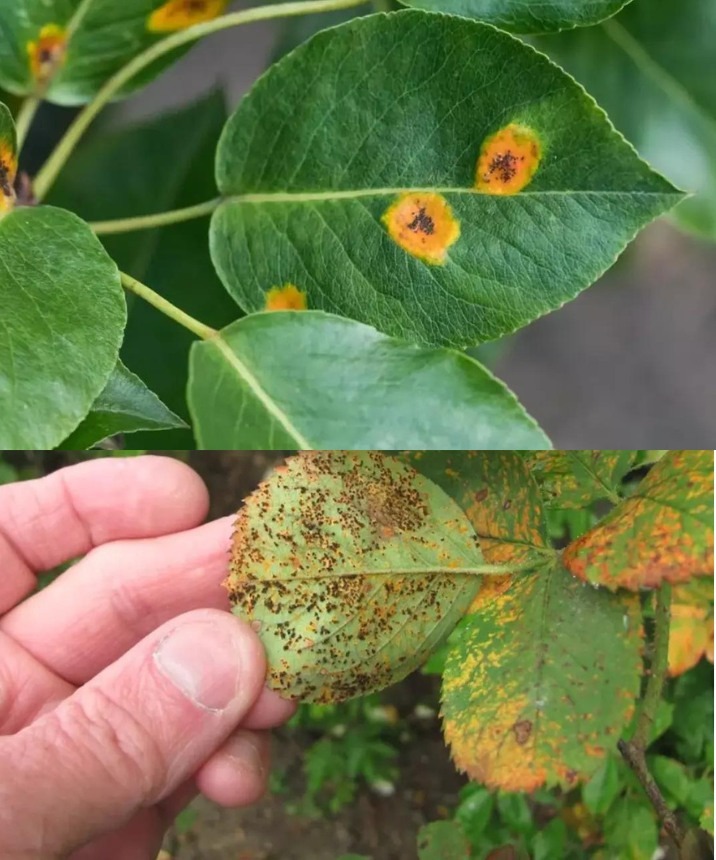Powdery mildew, also known as “rust” in French, is a common fungal disease that affects roses, causing white and powdery spots on the leaves, stems, and sometimes on the flower buds. Here’s a complete guide on how to treat powdery mildew on your roses:
- Symptom Identification:
- White or gray powdery spots on leaves, stems, and flower buds.
- Discoloration of leaves and deformation of shoots.
- Possible unpleasant odor in affected areas.
- Preventive Measures:
- Plant roses in areas with good air circulation and exposure to sunlight.
- Keep roses well pruned to improve air circulation.
- Avoid overwatering and water plants in the morning to allow leaves to dry during the day.
- Organic Treatments:
- Milk: Mix one part milk with nine parts water and spray on affected leaves. Milk acts as a natural fungicide.
- Baking Soda: Mix one teaspoon of baking soda in a liter of water and spray on roses. Repeat every two weeks.
- Garlic Infusion: Boil several cloves of garlic in water for 30 minutes, let cool, strain, and spray on roses. Garlic has antifungal properties.
- Chemical Treatments:
- Sulfur-based Fungicides: Effective in treating powdery mildew on roses. Follow manufacturer’s instructions.
- Triadimefon or Tebuconazole-based Fungicides: Effective for powdery mildew control on roses. Use as directed on the label.
- Removal of Affected Parts:
- Remove and destroy affected leaves, stems, and flower buds to prevent the spread of the disease.
- Do not compost affected debris to avoid reintroducing the fungus into your garden.
- Monitoring and Ongoing Maintenance:
- Regularly inspect your roses for signs of powdery mildew and treat any early onset of the disease immediately.
- Continue with preventive care practices, such as proper pruning and adequate watering, to keep your roses healthy and strong.
By following these tips and treatments, you’ll be able to effectively combat powdery mildew on your roses and keep your plants healthy and beautiful throughout the growing season. Remember to be consistent in your prevention and treatment efforts for the best results.
